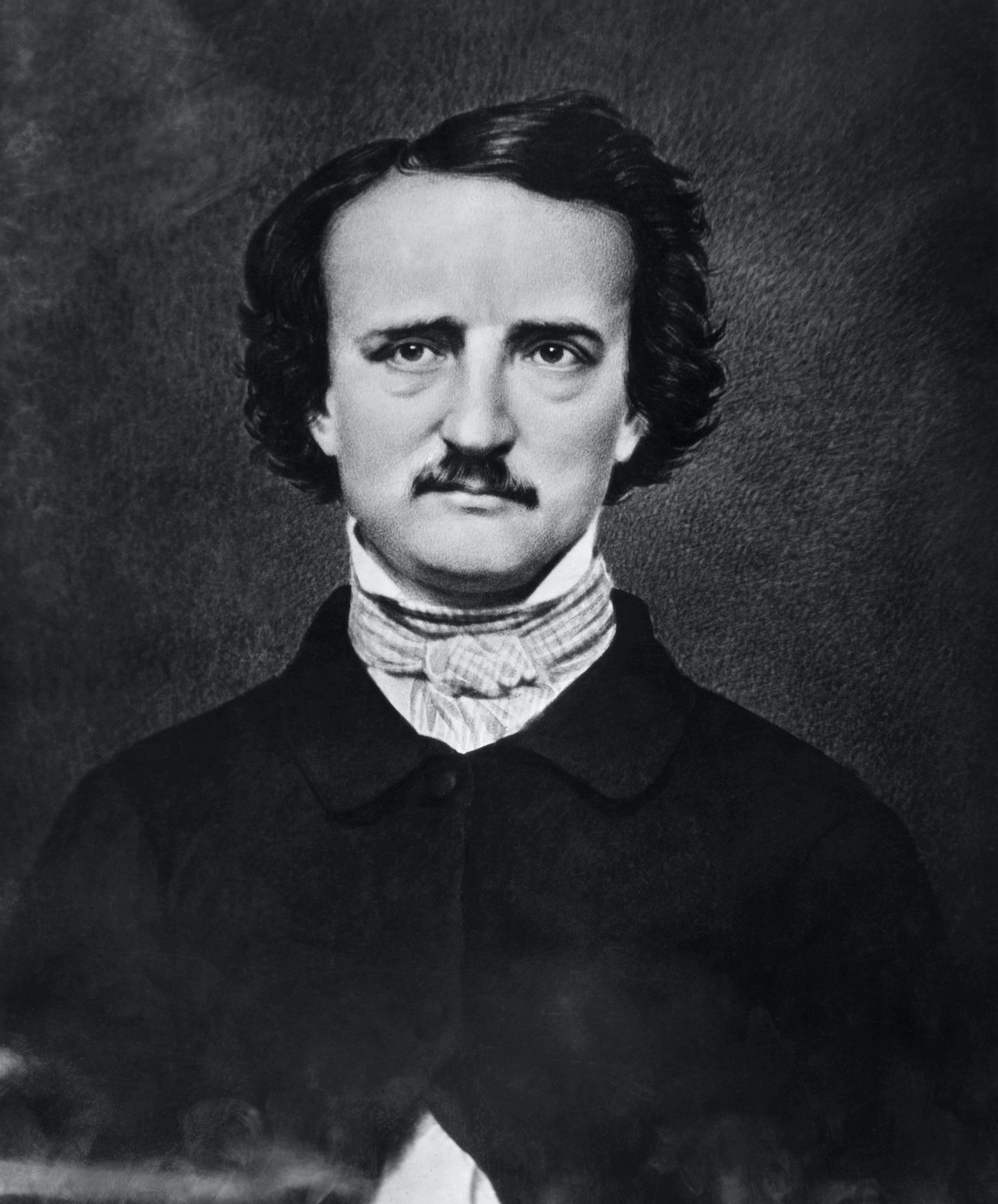‘The Haunting’: Mike Flanagan Should Adapt These Edgar Allen Poe Stories for Season 3
The Haunting anthology has thus far soared in its depictions of classic horror tales. Victorian-era frights and fancies transfer to the screen with poignancy and modernism under Mike Flanagan’s careful hand. In season one, Shirley Jackson’s work came front and center in the Netflix original, terrifying viewers as familial conflict and trauma existed at the core. As for Bly Manor, Flanagan refashioned Henry James’ works, delivering a love story wrapped up in frights and fears.

The Haunting anthology is reinventing the dramatic horror, as it has worked to convey emotionally stirring, often heartbreaking storylines through horror. Horror is not the substance; instead, it is the mere vehicle.
Not all works of fiction offer themselves up to such duality; thus, Flanagan has been precise in his source selection, which is the very reason Edgar Allen Poe should be his next author of choice. Form, who can conjure gothic gloom and an eerie environment better than Poe?
1. ‘The Oval Portrait’
The Oval Portrait is one of Poe’s shortest stories and follows an injured narrator who seeks refuge in an Appeninian mansion. The narrator spends his time admiring the paintings in his room and referring to a book that describes them. He becomes utterly enamored with one painting — of a girl on the brink of womanhood — and realizes the life-likeness is its captivating feature. He refers to the book for an explanation, and the story proceeds as a tale within a tale.
The book describes a young woman whose husband asks her to sit for a portrait. For weeks, he paints his wife in the turret chamber. She sits patiently as he paints, and paints, and paints.
She grows weak and unhealthy, yet he remains fixated on his canvas. After several weeks, he finishes, and he notes that the painting is “life itself. He then realizes that his wife, who sat so patiently without uttering a word of discomfort, has died.
2. ‘Ligeia’
Poe — a man who often used love as a catalyst for doom — is a perfect match for Flanagan’s fascination with the depths ghost stories can reach. The notion that a ghost is just the past unwilling to stay in its temporal place is pushed to the brim in Ligeia.
Ligeia focuses on a man who has fallen in love with a woman of unusual beauty, Ligeia. He can’t recall anything about her family history, but her knowledge of math and science impresses him. They get married. She later grows sick, and the man eventually moves and enters into a loveless marriage with a new woman. Yet, this woman grows rapidly ill and dies as well.
When holding vigil, the man sees color returning to his dead wife’s cheeks; she shows signs of reviving before returning to death. One night, the body fully revives and walks into the middle of the living room. When he touches her face, bandages fall away to reveal that his recently-deceased wife has transformed into his old-love, Ligeia.
3. ‘The Fall of the House of Usher’
The Fall of the House of Usher once again follows an unnamed narrator who travels to a friend’s home to care for him. Roderick Usher and his sister live together in an eerie mansion, and both are quite ill. Roderick tells the narrator that he believes his house is “alive,” and that his fate is intimately connected to the house itself.
When Roderick’s sister dies, Roderick and the narrator bury her in the family tomb located in the house. Over the next few days, both grow unexplainably agitated for no evident reason.
In an effort to calm Roderick, following some odd occurrences, the narrator reads him a story. Yet, the noises described in the story begin to transfer off the page, as they hear the same noises surround them.
From a shrieking to a loud banging (as a shield in the story falls to the ground), each sound verberates through the walls of the mansion. Roderick believes it’s his sister, and that he and the narrator buried her alive.
The bedroom door then flies open to reveal Roderick’s sister; she falls on her brother and both fall to the ground as corpses. The narrator flees the mansion. On his way out, he notices a flash of light behind him, and he turns back to look at the mansion; the mansion then suddenly splits in two, as pieces crumble into the nearby lake.
Putting it together…
As for how each of these stories should fuse into a cohesive whole, let’s leave that to Flanagan. Yet, The Fall of the House of Usher would make for a strong connective tissue.
The Usher setting could open doors (literally and figuratively) to the other tales. Picture it: a sister and a brother whose past romances have left them abandoned and alone — whose past trauma has left their grasp on reality fractured. As for the visitor, he traces through the house, digging up pieces of the past, finding books and journals…and portraits. But again, Flanagan can do much better. Yet, how can he resist Usher — a story that has been oft-credited for inventing the modern concept of a haunted house?


